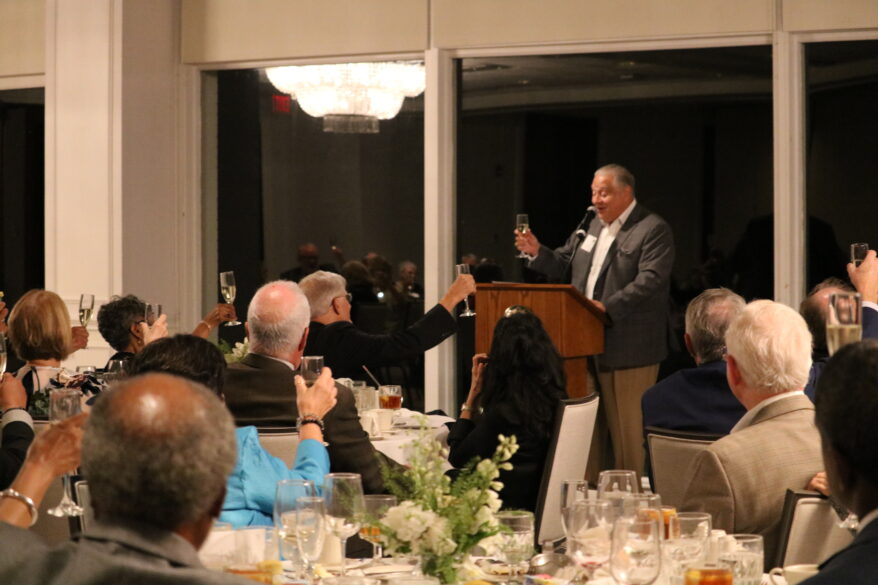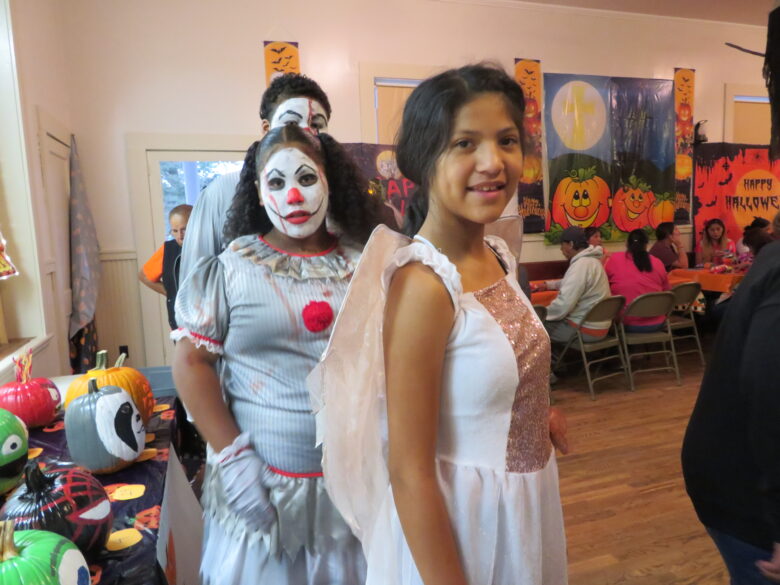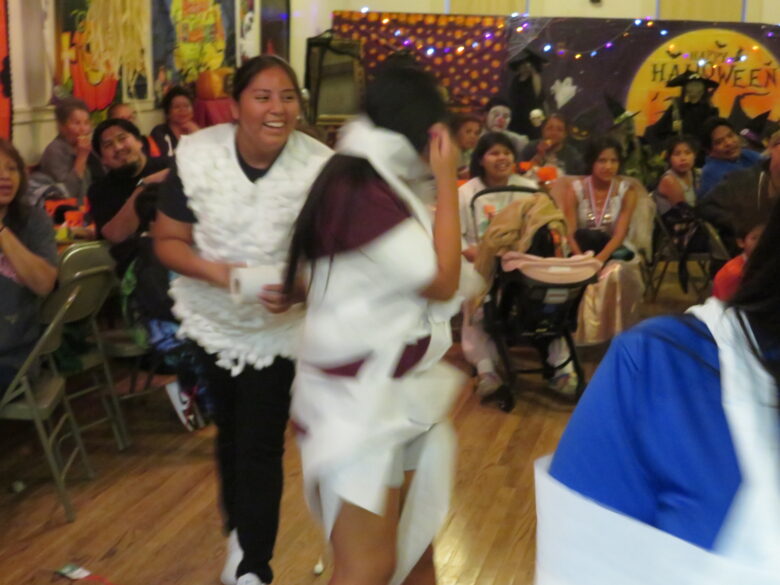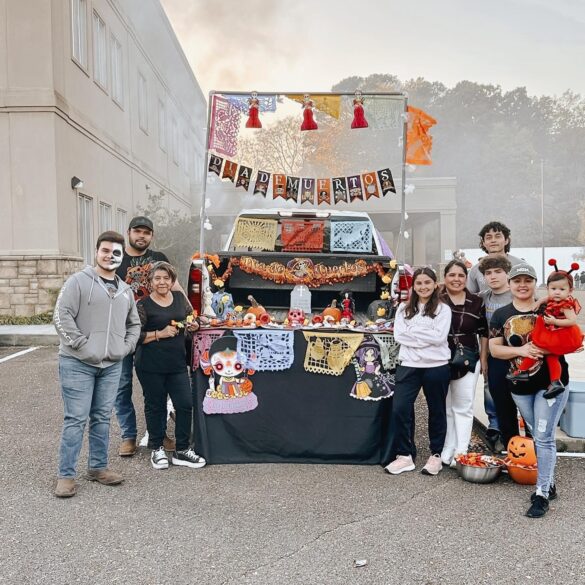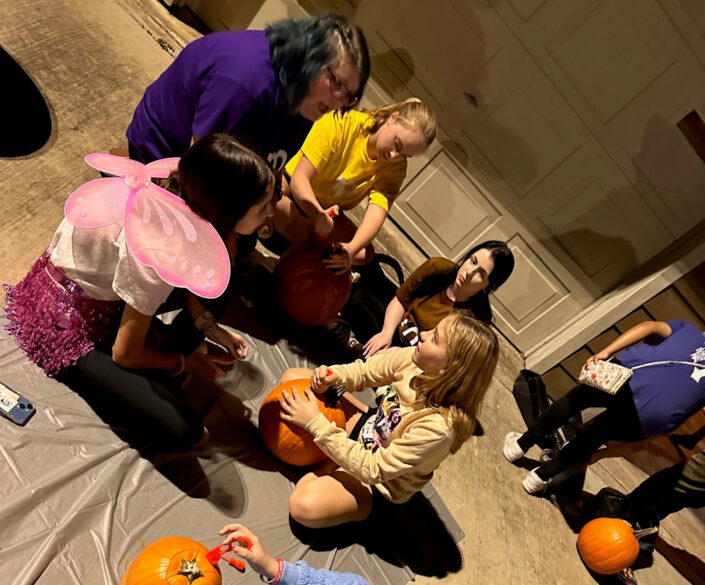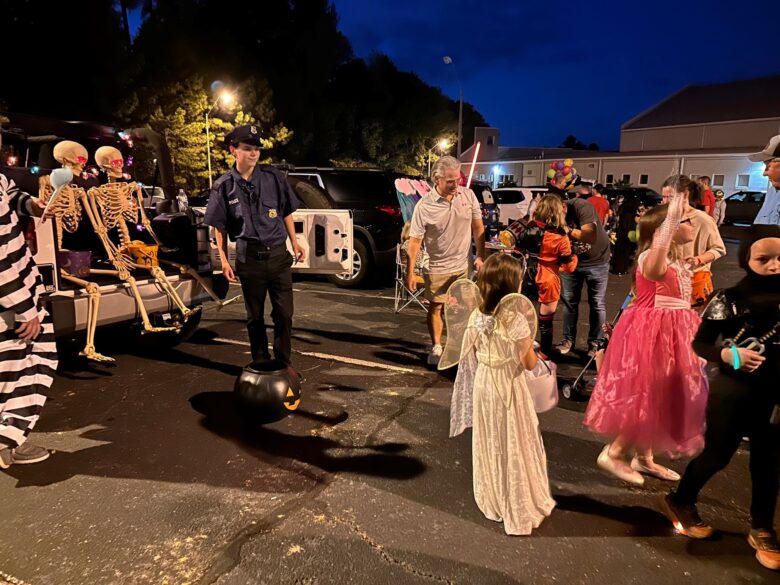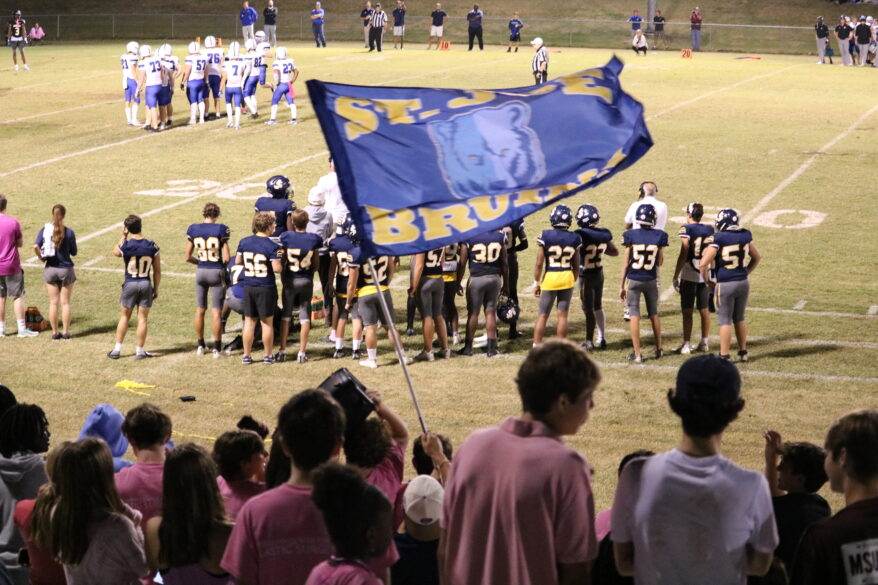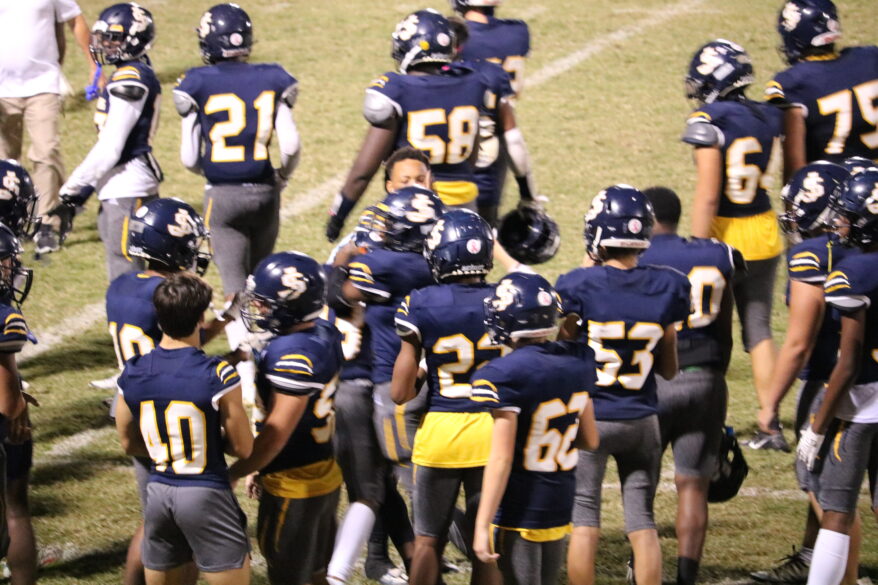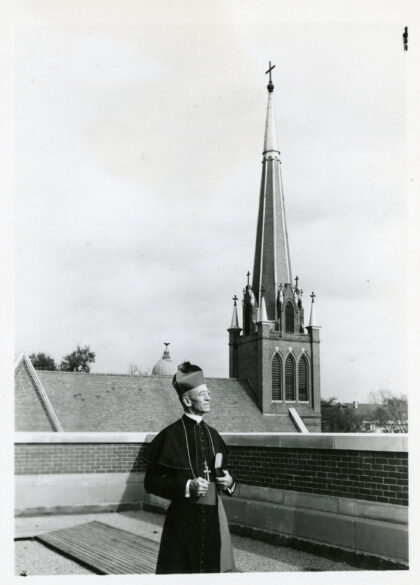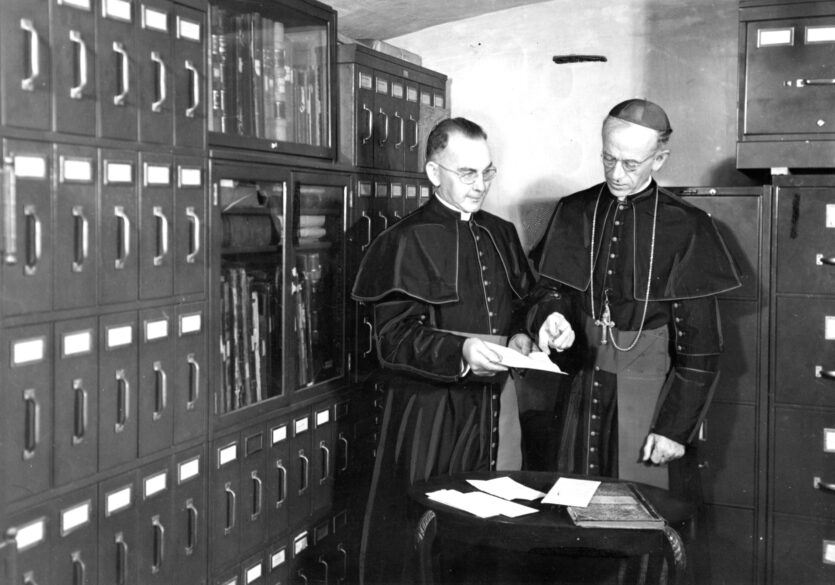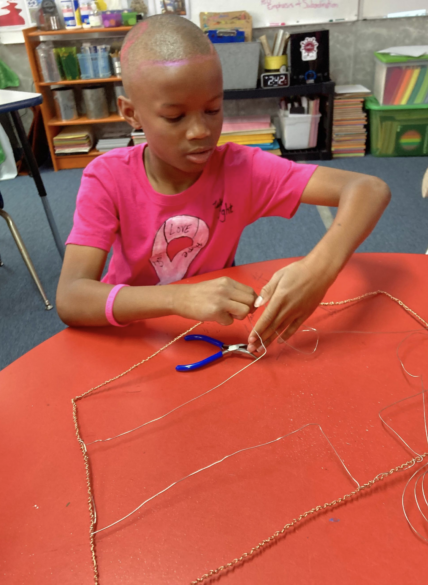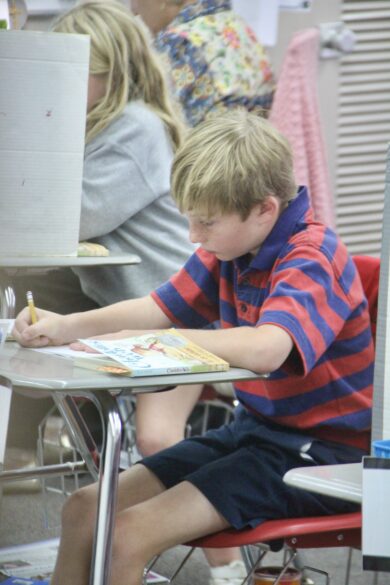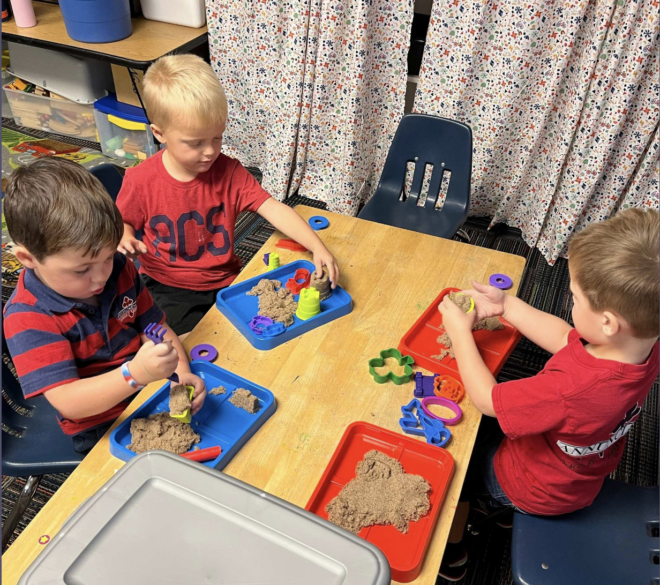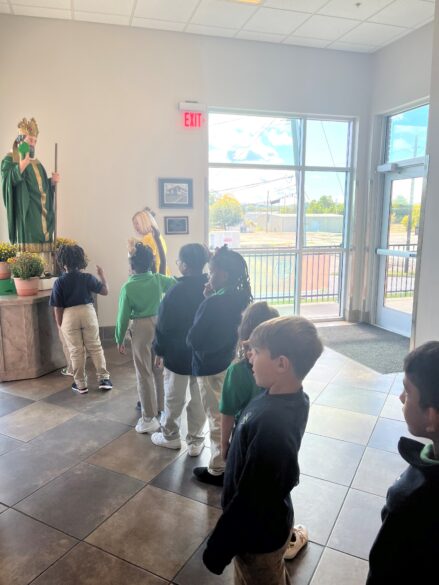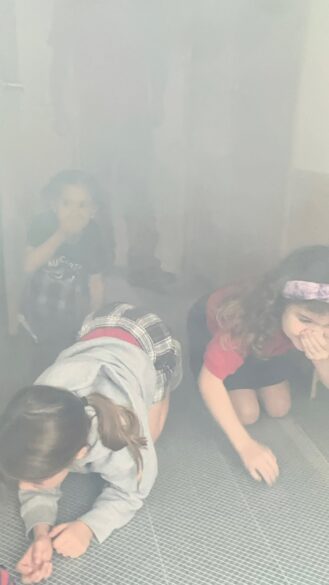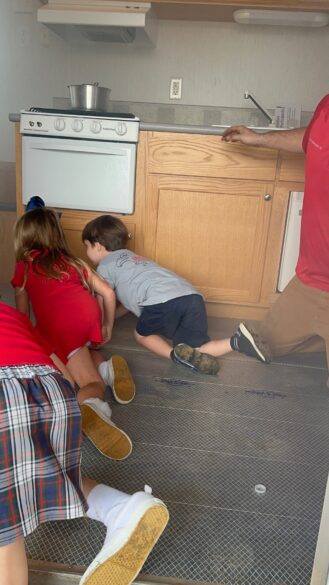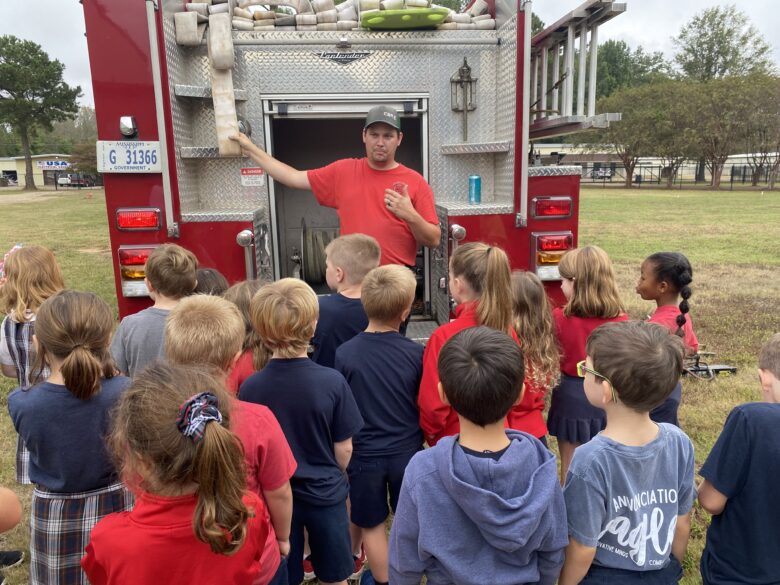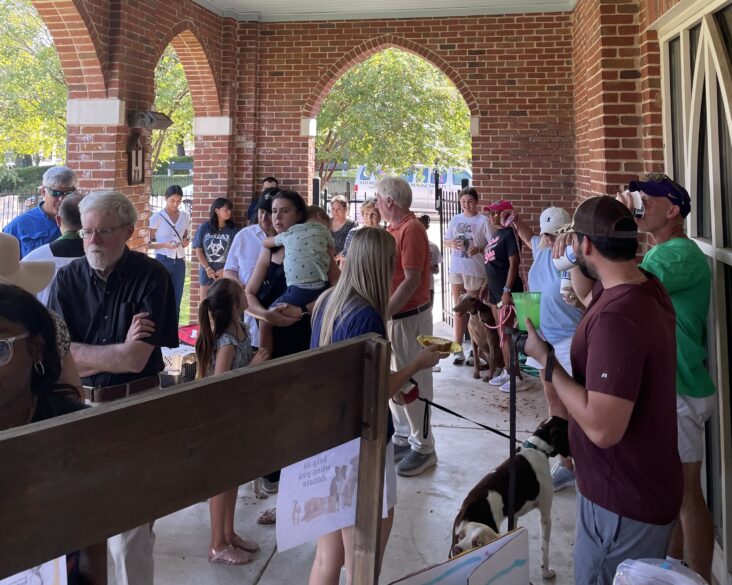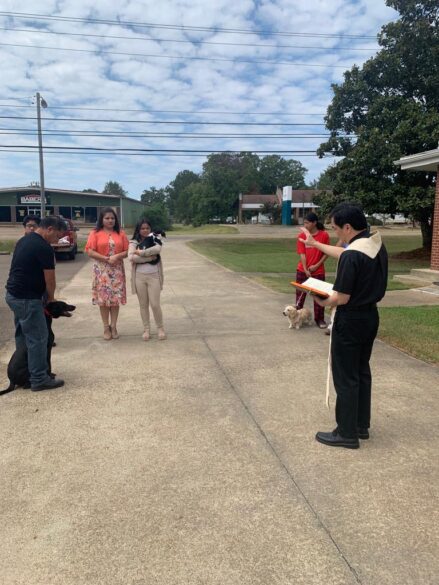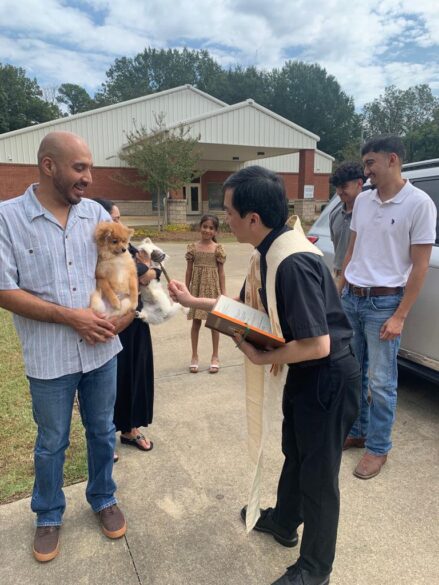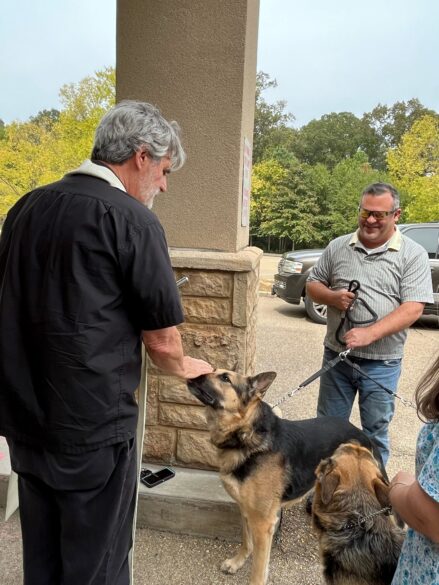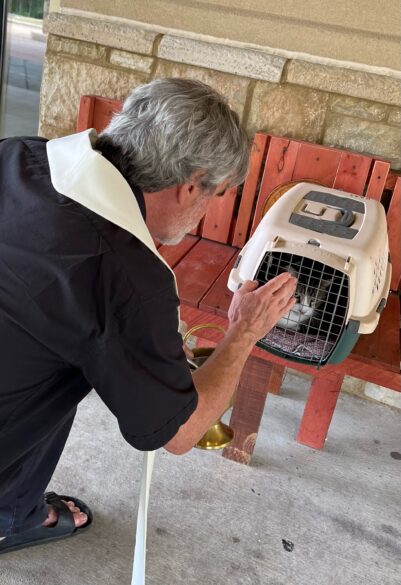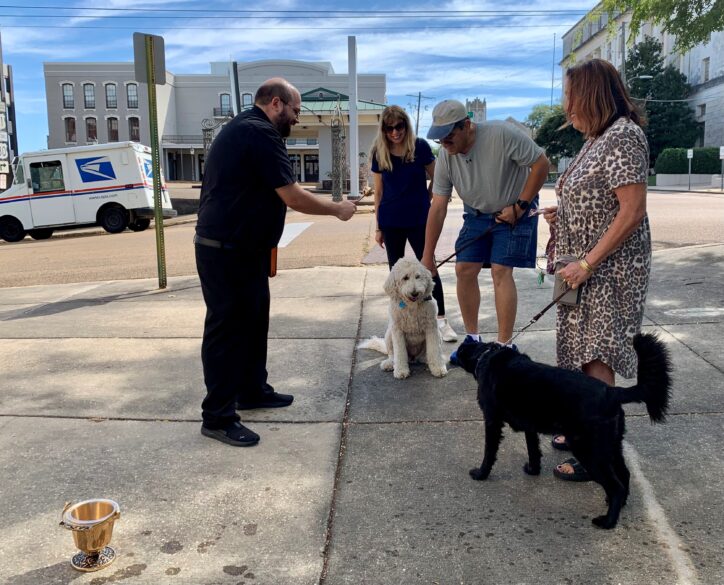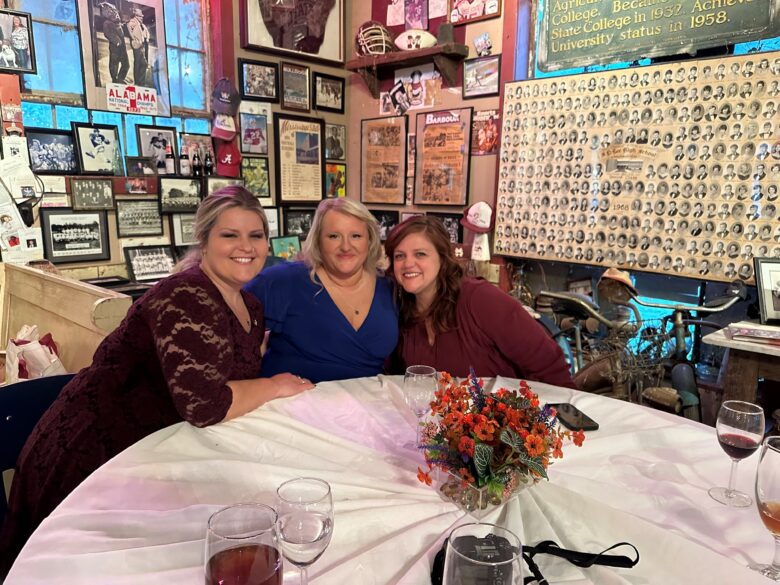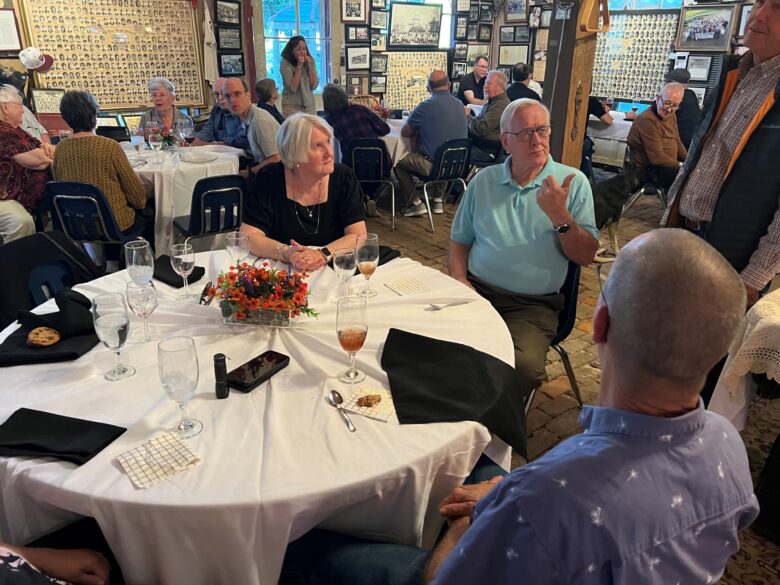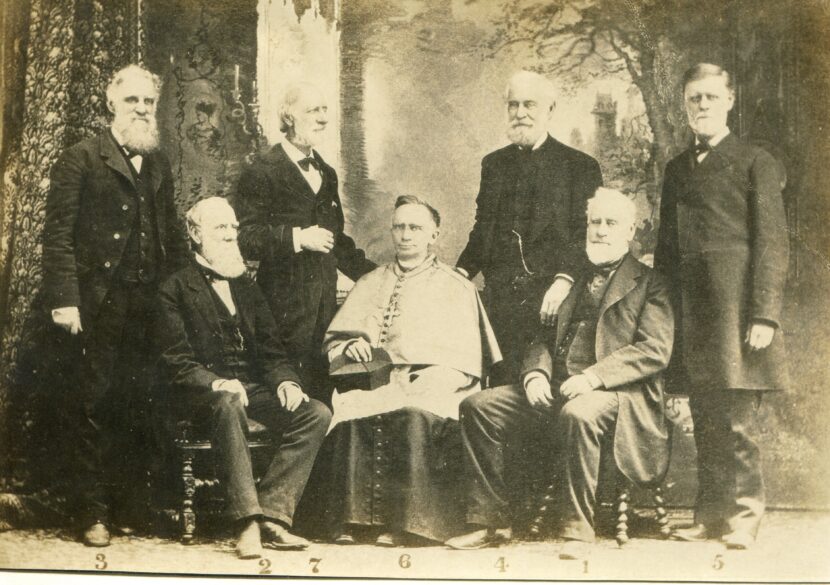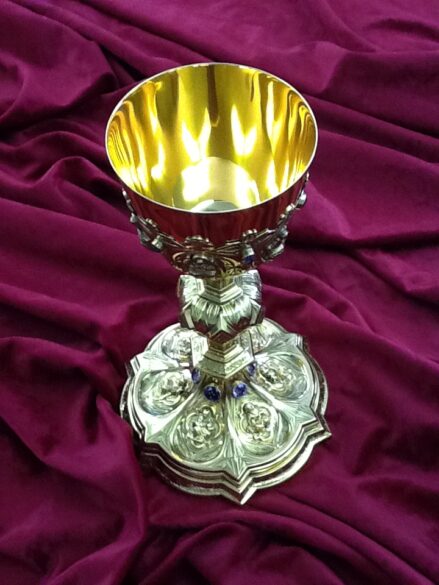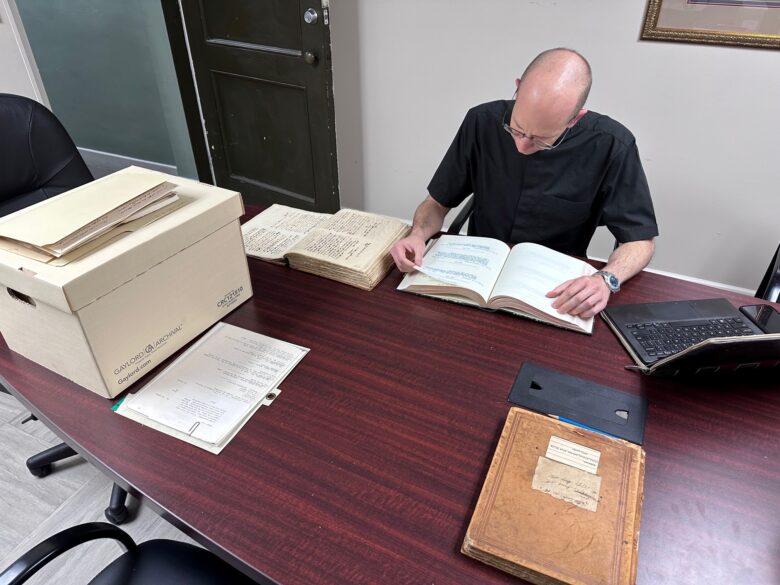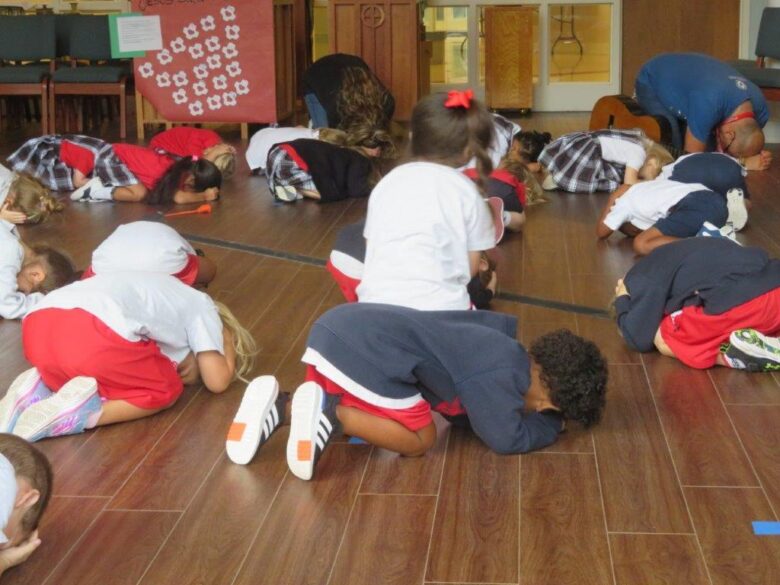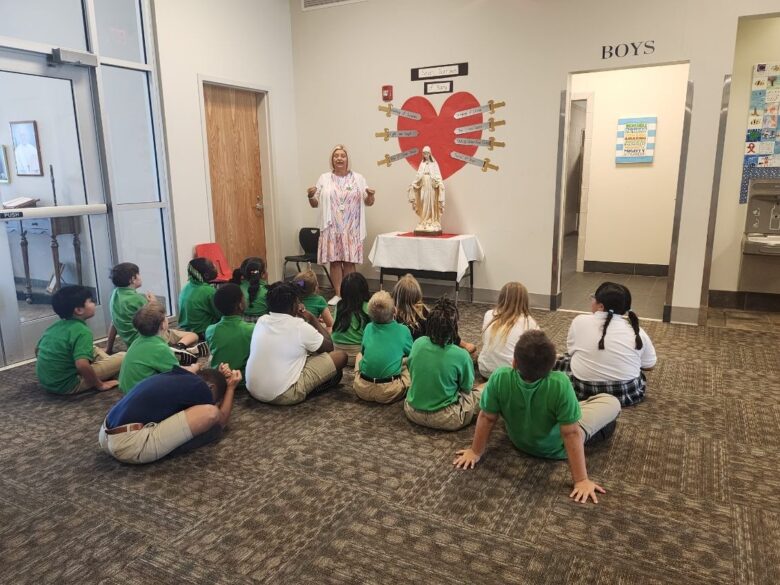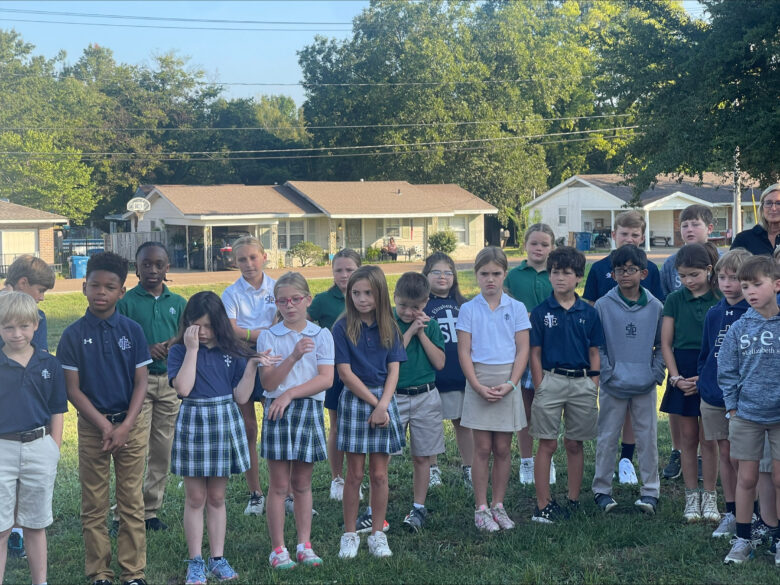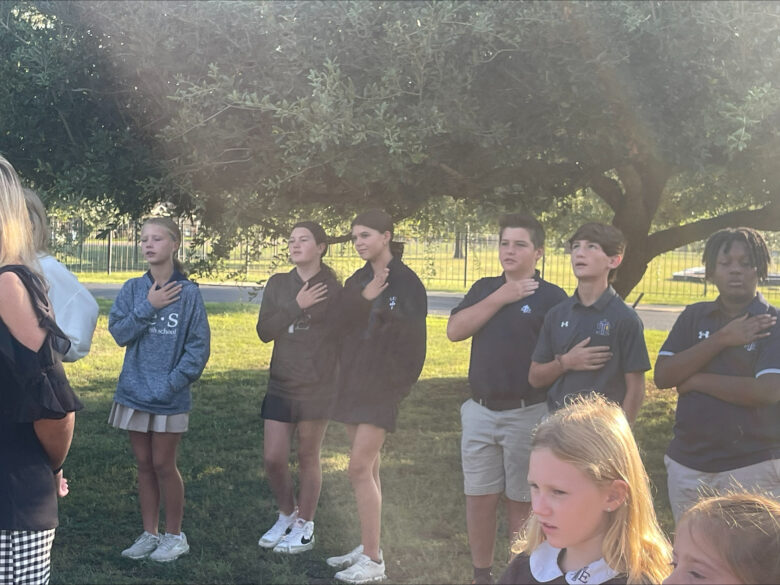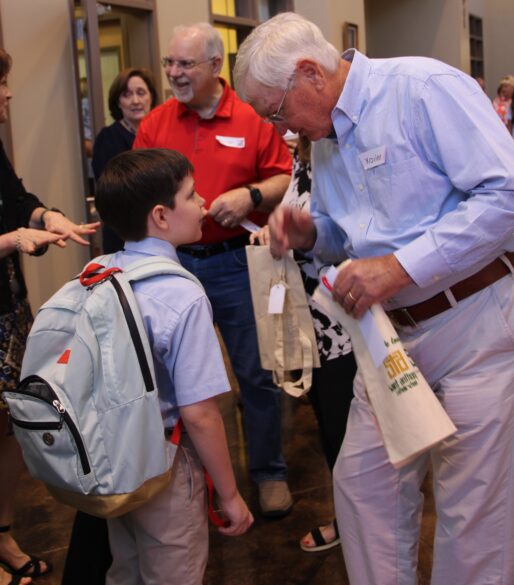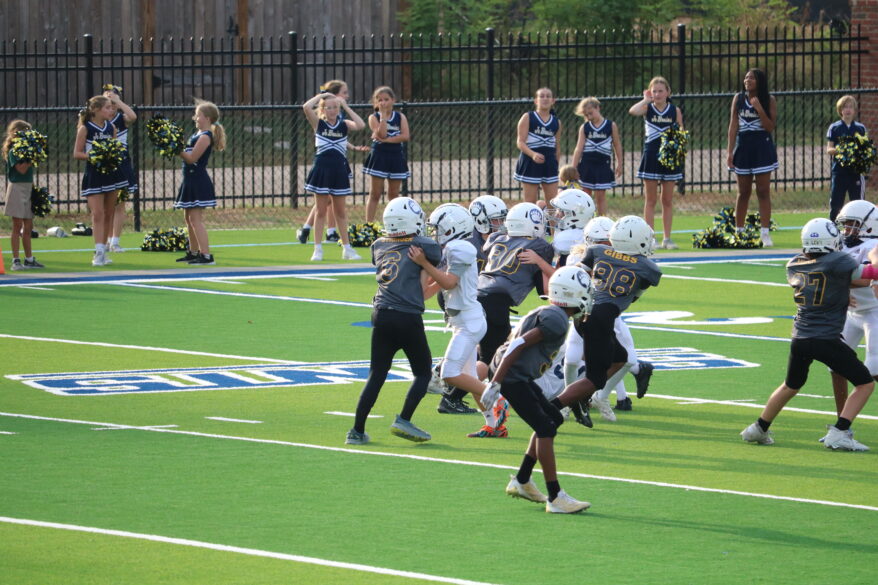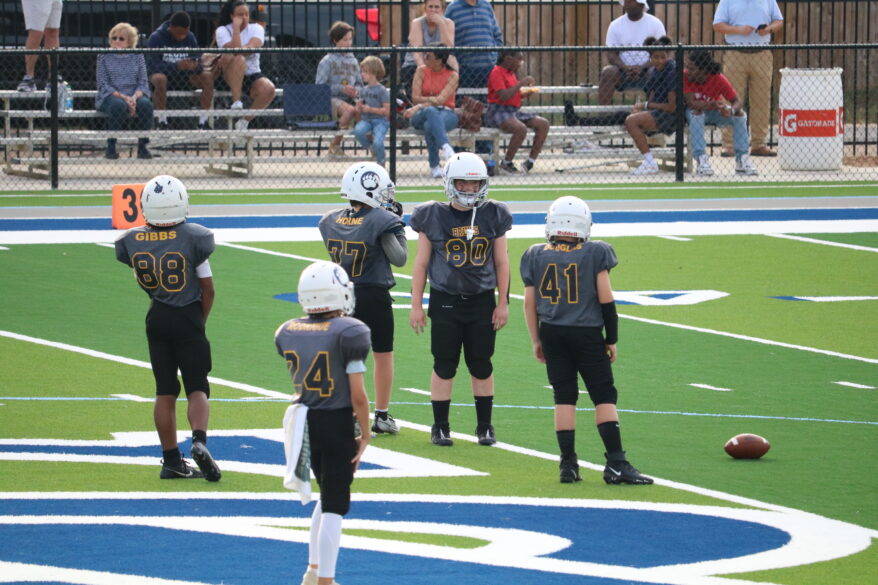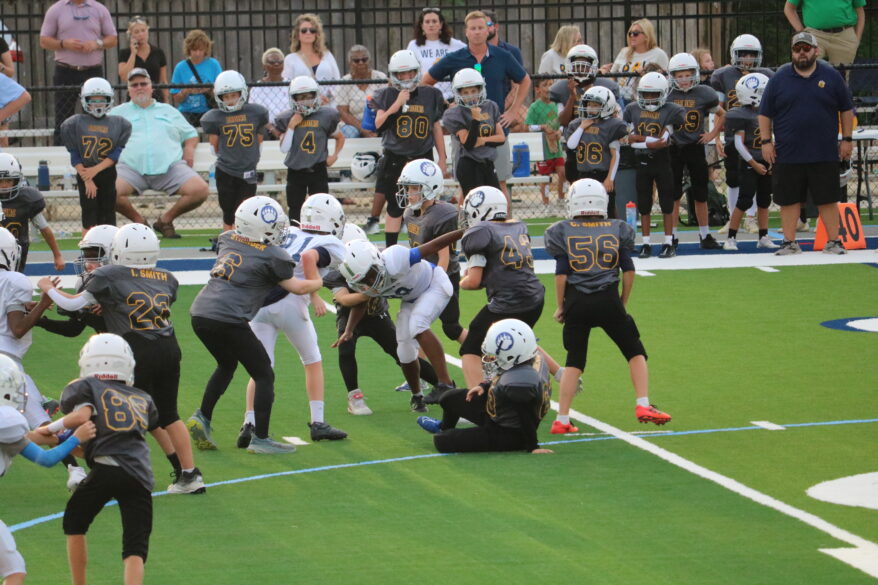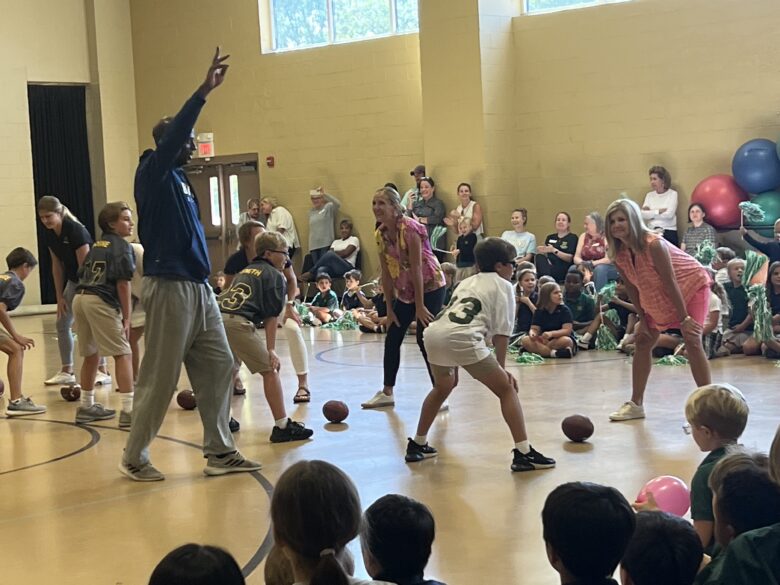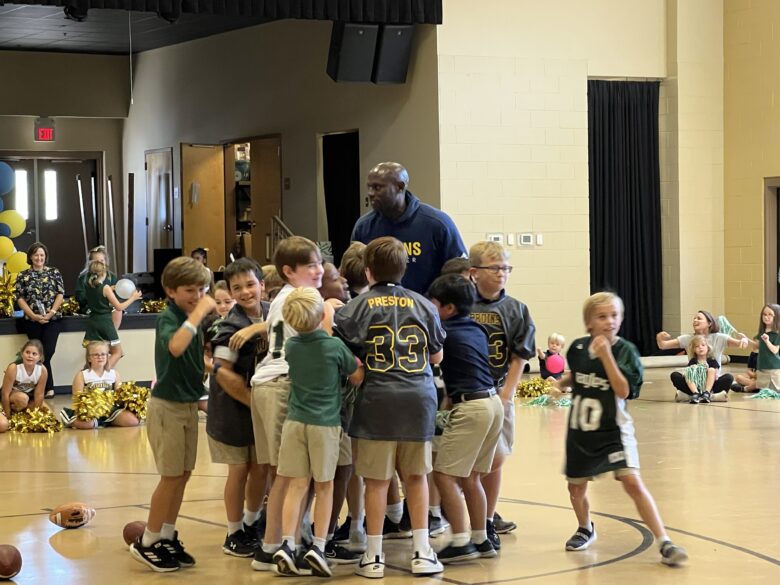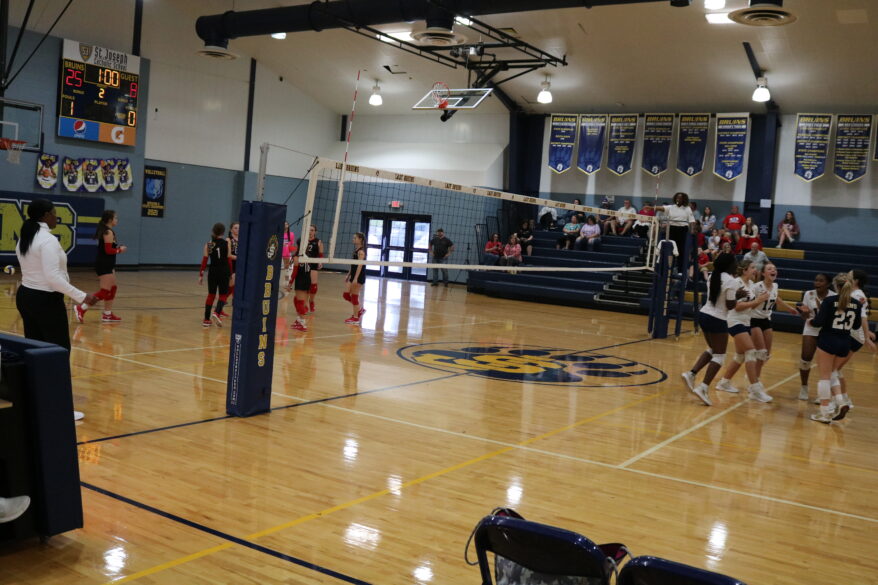By Joanna Puddister King
JACKSON – Parishioner of St. Paul Flowood, Monica Walton, didn’t envision her 2022 Advent Reflection booklet she made and shared with friends and family would lead to the publishing of her first book, but it did.
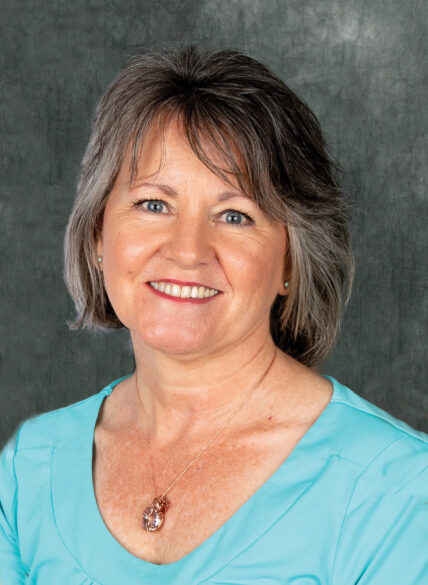
Earlier this year, Sunrise Press rose out of Dogwood Press, a small but traditional publishing house headed by Joe Lee, parishioner of St. Francis of Assisi Madison. Walton said even though Lee’s publishing house was focused on mystery and suspense fiction, he was Catholic and thought she would get his perspective even though she was hesitant to do so. As chance would have it, Lee was “sufficiently intrigued” with Walton’s pitch and he ended up creating Sunrise Press, a subsidiary of Dogwood Press that considers faith-based works of fiction and nonfiction for publication.
The 2023 edition of “Advent Reflections for this Day” – the very first book published by Sunrise Press – is a unique and thoughtfully crafted resource for individuals seeking a more profound connection to the Sacred Word during the busy Christmas season. Walton’s book offers a weekly focus on the Sunday Gospels, allowing readers to dive deeper into the spiritual meaning of Advent without the pressure of daily readings. One of the standout features of this book is the inclusion of “Modern-Day Parables,” original stories created by Walton that draw parallels between the Gospel passages and contemporary situations. Walton says that the parables provide fresh perspectives on the Scripture, making it even more relevant to our daily lives.

The decision to create a weekly Advent reflection, as opposed to a daily one, lies in Walton’s experience with the face-paced nature of the Advent season, often causing people to lose sight of its true significance. She explained, “Sometimes it feels like you can’t catch up if you get behind a few days. I wrote the book with myself and other busy people in mind.”
“Advent Reflections for this Day” contains four Sunday Gospels, followed by Walton’s unique contemporary parables, three thought-provoking questions to consider how the reader might respond in similar situations, and three suggestions on how to live out the Gospel’s message during that particular week. The emphasis is on personal reflection, with no right or wrong answers. As Walton puts it, “It’s about thinking, ‘how can I be the best I want to be.’”
Bishop Joseph Kopacz enjoyed Walton’s Advent reflections, sharing news of the book’s release with pastors across the diocese, saying that the book is “strongly recommended for parishes as well as individuals who look to further their walk with God, and to prepare for the coming of the Lord.”
While the book is suitable for people of any Christian denomination, it is predominantly Catholic, specifically focusing on Year B of the Catholic Liturgical Calendar. Walton plans for editions covering Year A and B if her publisher agrees. She has a wealth of her “Modern-Day Parables” to draw from for future offerings, having written over 100 of them with no shortage of inspiration.
Walton encourages readers to start the book the week of Nov. 27, as the first Sunday of Advent falls on Dec. 3. This year, the Advent season is a bit shorter, with the fourth week ending on Christmas Eve, explained Walton.
“Advent Reflections for this Day” is available for purchase at various local bookstores, including Lemuria (Jackson), Lorelei Books (Vicksburg), Book Mart and Café (Starkville), Impression Books (Flowood) and Pass Christian Books (Pass Christian and Gulfport). For those who prefer online shopping, the book can also be ordered at dogwoodpress.com at a cost of $8.95.

